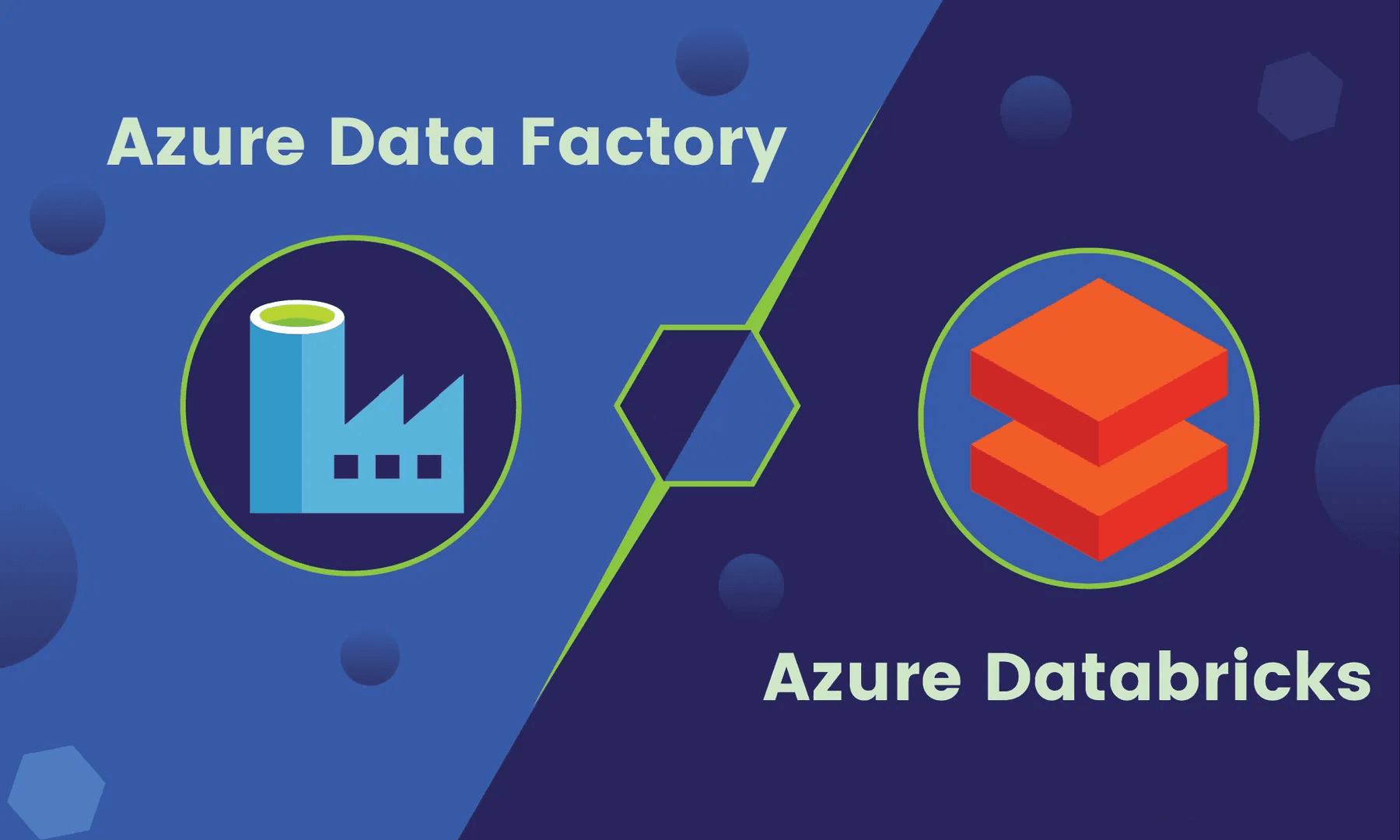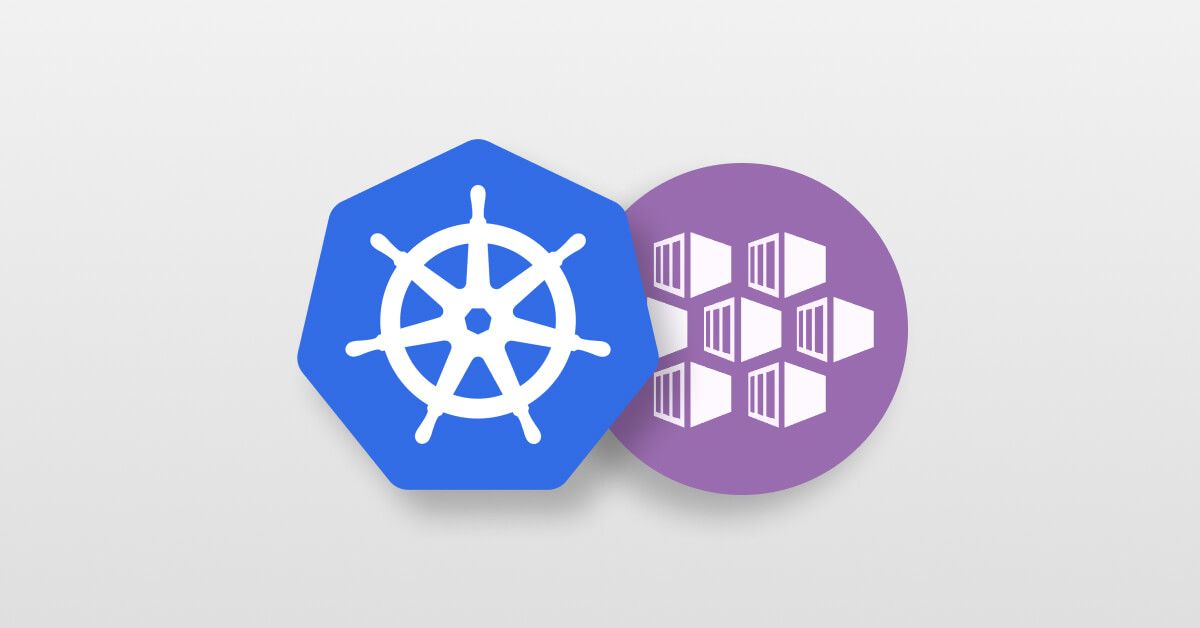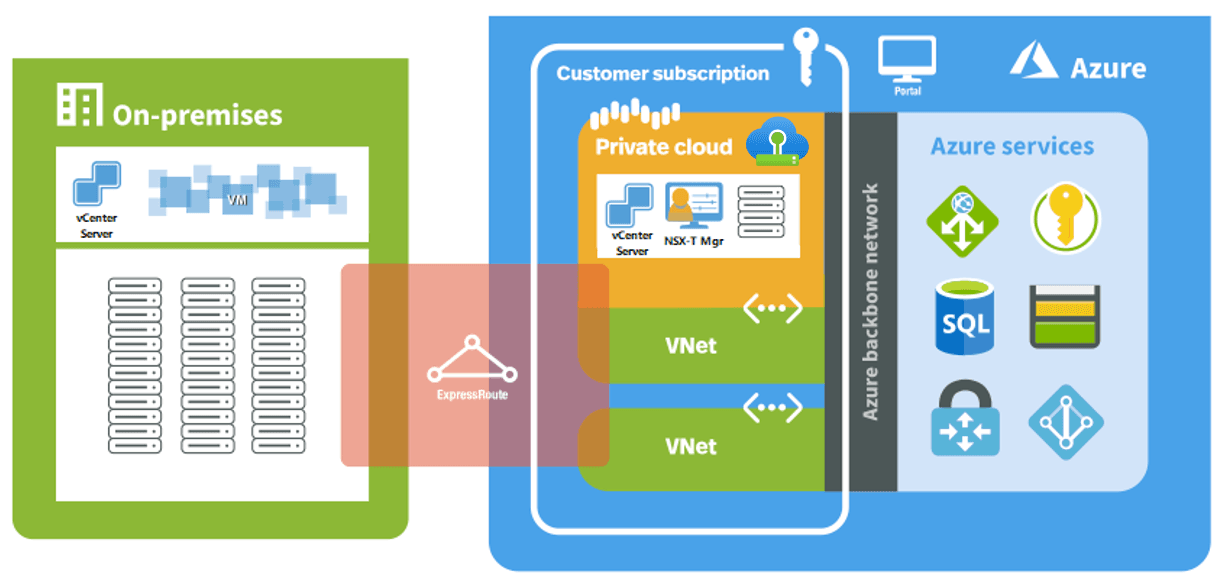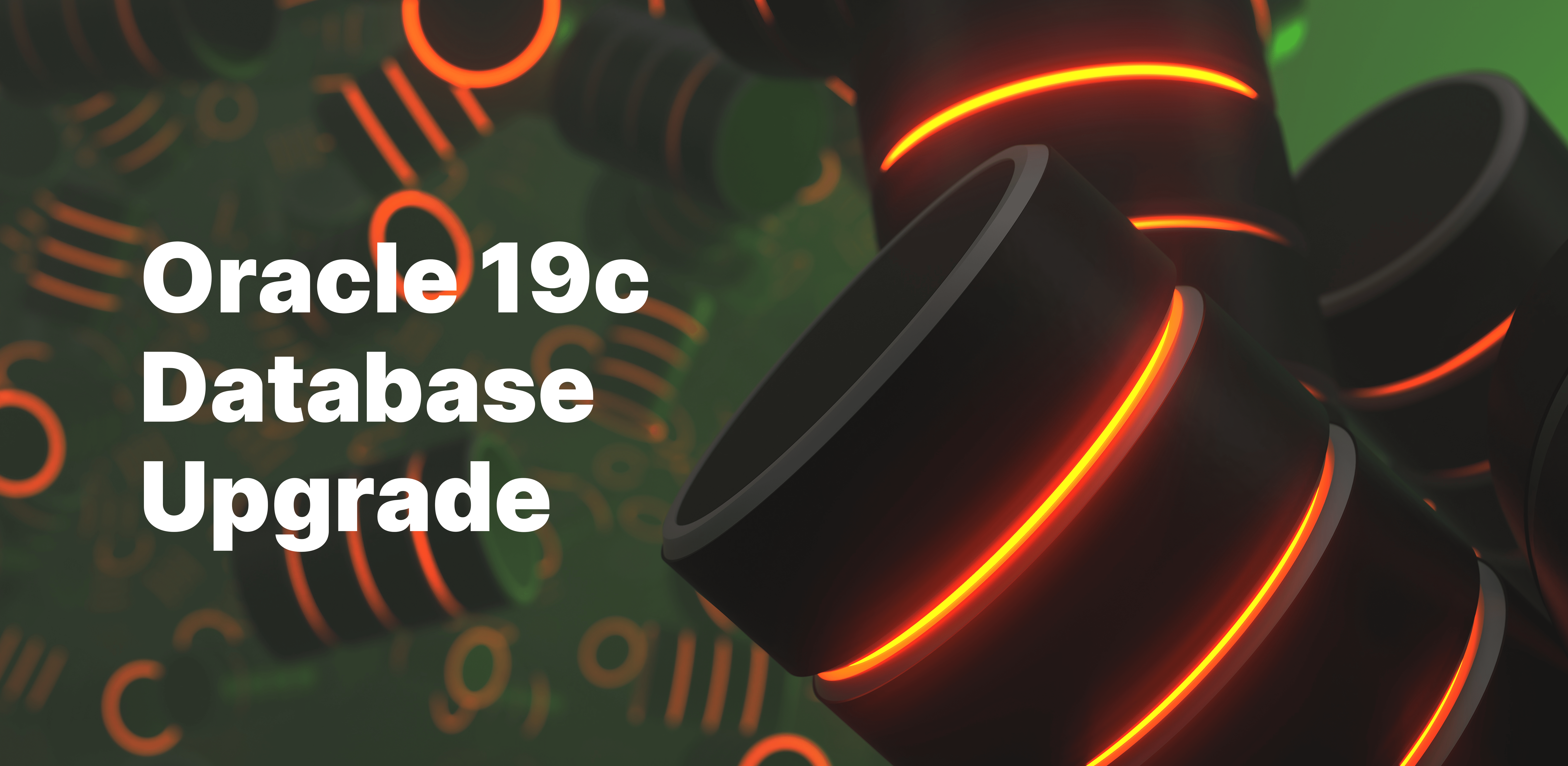The Experience of a Technological Transition
-
Elisa Mazzeri
- 11 Jan, 2024
- 06 Mins read

**Disclaimer: **Many of our customers have confidentiality agreements safeguarding their brand names from commercial purposes. Hence, you may encounter references such as “Client Name Confidential”, or the customer’s industry instead of the customer’s brand name.
A client operating in the professional management secto undertook a digital transformation project of strategic importance, aimed at renewing its 20-year-old software. This case study will examine in detail the context, the challenges, the solutions adopted, the technologies used, the benefits obtained and the overall path of this ambitious project.
Context and Objectives
Client’s objective was to modernize its your old software, an application dedicated to the registration and management of professional registers, so that the software would appear modern, efficient and comply with all state regulations.Initial Challenge
At the beginning of the project, we faced some major challenges, including: * **Limited Human Resource**: The initial team configuration consisted of only four members, of which only two were developers compared to the initial requirement for a team of ten. * **Complexity of Existing Software**: The existing software was more than two decades old, necessitating a radical transformation. * **Constantly evolving tasks**: the close integration with the client required continuous task refinementsIncremental Ratio Approach
To address the initial challenges, we adopted an incremental approach. We began our journey with the creation of a **Proof of Concept (POC)**, an activity that lasted two months. This allowed the client to examine the design and operation of the basic features, with a focus on procedure workflow and system configuration. The POC was successfully approved, paving the way for the full start of development. Initially, our team was rather small and focused on developing the core of the project. Over the next few months, we gradually introduced new developers, allowing us to divide the project into four separate teams, each focusing on a specific section of the application. This structure led to greater operational efficiency and more optimal project management. The last tasks were instead managed by a single team this time smaller in size as to ensure an optimized workflow.Key Technologies
The project made extensive use of advanced technologies, including: * **Front-end**: Angular with NGRX, used for general application status management * **Back-end**: Managed with microservices, developed in Java and Go to ensure scalability and flexibility. * **Integration with AWS**: For cloud hosting and reliability of services. This choice was crucial for the microservices structure based on Docker and Kubernetes, requiring solid expertise in the DevOps team. * **Database**: PostgreSQL. * **Identity Provider**: Keycloak, implemented to guarantee secure user authentication.Benefits and Customization
The renovation of this project has produced a number of tangible benefits for the customer. In addition to the improved appearance, which helped to enhance the product in the eyes of end users, a number of other benefits materialized: * **Code Optimization**: The code has been significantly optimized, improving overall performance. * **Improved User Interface**: The user experience has been significantly improved through a modern and intuitive design, strictly following the rules of User Experience to ensure greater usability. * **Operational Efficiency**: The application has become more efficient and ready to adapt to future developments and customizations. * **Multiplatform Management**: The project has been designed to manage different profiles according to the specific rules and regulations of the various professional registers and individual territorial offices.Organizational Structure and Key Choices
The project was characterized by an exponential growth of the team, which involved up to ten people at the same time. This necessitated the division into four separate working groups, each focusing on specific sections of the application. Initially, however, the project started with a reduced configuration due to difficulties in allocating resources. **The decision to present a POC proved to be strategic in establishing an initial relationship of trust with the client and in producing more accurate estimates.**Concluzions & Impact
Despite initial challenges and unforeseen complexity, Sorint successfully delivered a high quality product that fully met the client's needs. The transformation was a complex but rewarding journey, leading to greater contract drafting expertise, improved drafting and detailing of specifications, and engaging the client in a fast-track approval process. The project turned out to be more complex than initially expected, but it consolidated the client's trust and created a solid basis for further development. The microservices framework, Agile methodology and incremental approach proved successful, positioning Sorint as a reliable partner for complex and challenging digital transformation projects, providing innovative and high-quality technology solutions.L'esperienza di una transizione tecnologica
Case Study
Avviso: Molti dei nostri clienti hanno stipulato accordi di riservatezza che tutelano i loro marchi da scopi commerciali. Pertanto potresti incontrare diciture come “Nome Cliente Riservato” oppure vedrai riportato il settore del cliente invece del suo nome.
Un cliente operante nel settore del management professionale ha intrapreso un progetto di trasformazione digitale di rilevanza strategica, mirato a rinnovare il proprio software ventennale. Questo studio di caso esaminerà in dettaglio il contesto, le sfide, le soluzioni adottate, le tecnologie utilizzate, i benefici ottenuti e il percorso complessivo di questo ambizioso progetto.







![Clean Code: L’Economia dei Commenti [4/12]](/uploads/Clean_Code4_of_12_SORINT_lab_b2c605d6bf.png)